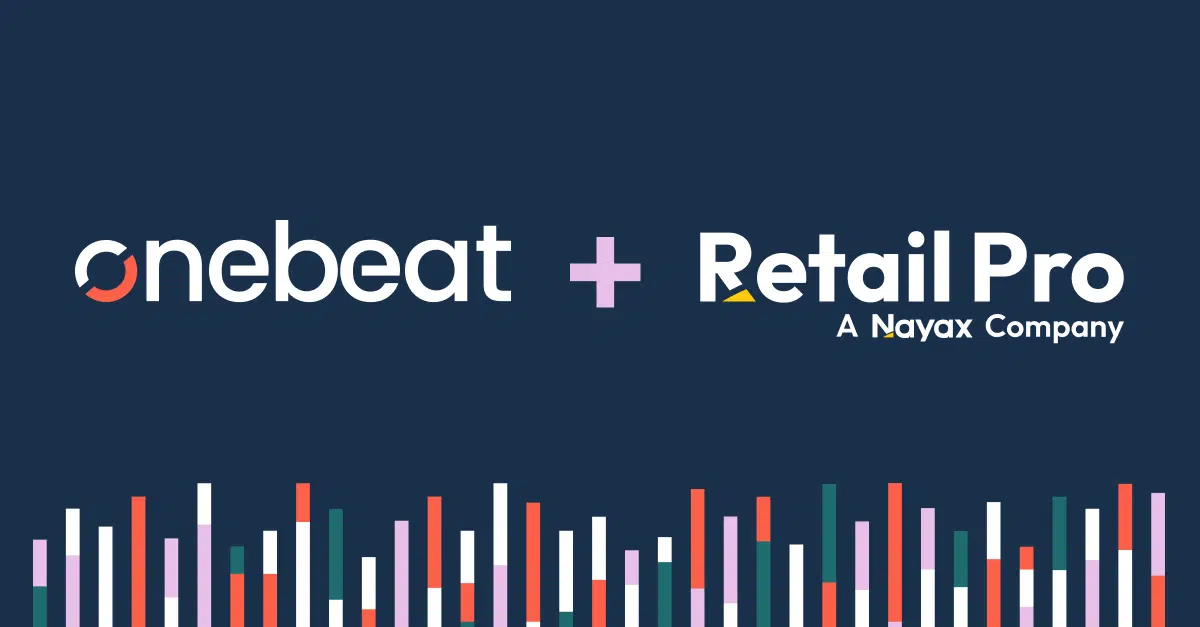The retail world is changing fast. Not in a “new season, new trend” kind of way, but more like someone’s rewiring the entire system. Under the hood, a whole new retail machine is taking shape – and it’s powered by tools that go far beyond chatbots or product recommendations.
For years, we tried to out-plan uncertainty. Forecast demand, plan the season, hope for the best. But retail isn’t predictable – it’s chaotic, fragmented, and moves faster than most systems can handle. So it’s no wonder even top-tier retailers still end the season with a third of their inventory unsold. Yes, 30% of what’s produced globally sits around, never bought.
So, what is working today? What tools are actually moving the needle – not in theory, but on the shop floor, in the warehouse, and inside real teams?
Here are five tools that are quietly reshaping how smart retailers work – and how to use them❘ without overhauling your entire stack.
1. IoT-Powered Inventory Accuracy
Why it matters: You can’t fix what you can’t see. If your inventory data is based on weekly counts or messy spreadsheets, everything from planning to replenishment gets thrown off. In short: Bad data in, bad decisions out.
How it helps: RFID tags, smart shelves, and loT sensors (think Badger Technologies, Radar.com) now let you see every item, everywhere, in real time. It’s not flashy, but it’s a game changer. You can’t automate stock decisions if you don’t know what’s actually on the shelf.
Real-life example: Zara rolled out RFID in thousands of stores, boosting stock accuracy to 95%+. This let them spot store-level availability instantly, cut down on stockouts, and offer services like click-and-collect – all without bloating inventory.
2. Dynamic Execution Engines
Why it matters: Planning happens in meetings. Execution happens every day. If your system isn’t adjusting to real demand, you’re always behind.
How it helps: Tools like Dynamic Target Management (DTM) ditch static min/max rules in favor of smart, daily adjustments. They track what’s selling, what’s not, and tweak inventory targets accordingly. No more overstocking slow movers or running out of best-sellers.
Real-life example: Being Human, a fashion retailer, used DTM to cut overstock by 30% while still keeping shelves full. The trick? Replacing assumptions with actual sales data for replenishment and transfers.
3. GPTs & Retail Co-Pilots
Why it matters: Everyone’s talking about Al for customers, but ChatGPT-style tools are quietly reshaping how teams work – especially in planning, buying, and merchandising.
How it helps: Think of GPT as your always-on analyst. It can summarize reports, flag trends, or help draft markdown strategies. More than that, it becomes a partner – helping you think, not just type.
Real-life example: A category manager plugs last season’s sales and promo data into GPT-4 and asks: “What explains the dip in Category X in April? Give me 3 takeaways and a mitigation plan.” The assistant delivers a draft in seconds – and the manager iterates from there.
Pro tip: Don’t accept generic answers. Feed your GPT your language, logic, and live data. Context turns Al into an actual co-pilot.
4. Al Shopping Assistants: The New Front Door
Why it matters: The sales funnel just collapsed. Thanks to Al shopping assistants, customers now go from “I need something” to “I bought it” – all in one conversation.
How it helps: In July 2024, OpenAl and Shopify launched “Buy with ChatGPT.” A user asks, “Find me a summer dress under $100,” and ChatGPT shows real-time listings and a checkout link. No more hunting through websites – the assistant is the store. Klarna’s version of this boosted engagement by 28%.
Implications:
- The funnel compresses: discovery, decision, and purchase happen in one step.
- You’re competing for the Al’s recommendation-not just eyeballs.
- SEO and PDP design matter less than clean, machine-readable product data.
What to do: Run a quick audit: can Al agents “understand” your catalog? If not, fix your metadata, tags, and product descriptions. Structured data is the new shelf space.
5. Simulating the Future: Synthetic Forecasting
Why it matters: Traditional forecasting looks backward. Simulation lets you see-and test-the future before you commit.
How it helps: Tools like Nextatlas (for trend prediction) and Placer.ai (for foot traffic) help you model different futures. Want to launch a new category or store? Simulate it first – across locations, demographics, or price points.
Real-life example: Menswear brand Untuckit used Placer.ai to assess two store locations in Long Island. The data showed they attracted different customers, so they opened both – avoiding cannibalization and accelerating expansion.
Final Thoughts: The Quiet Rewire
Retail isn’t just evolving—it’s being rebuilt, one tool and one workflow at a time. The biggest shifts are happening behind the scenes: a GPT drafting tomorrow’s markdown plan, an engine resetting stock targets overnight, a chatbot closing a sale before your site even loads.
This isn’t about hype. It’s about execution. Pair the right tools with clean data and sharp human judgment, and you can run leaner, move faster, and adapt to whatever comes next. That’s the new retail machine-and it’s already running.

Onebeat


